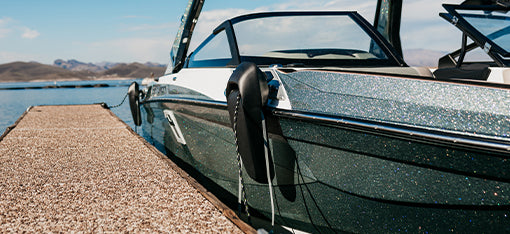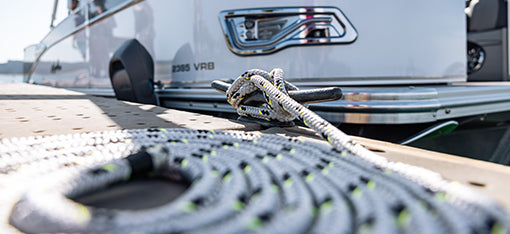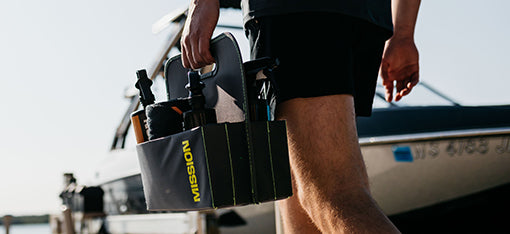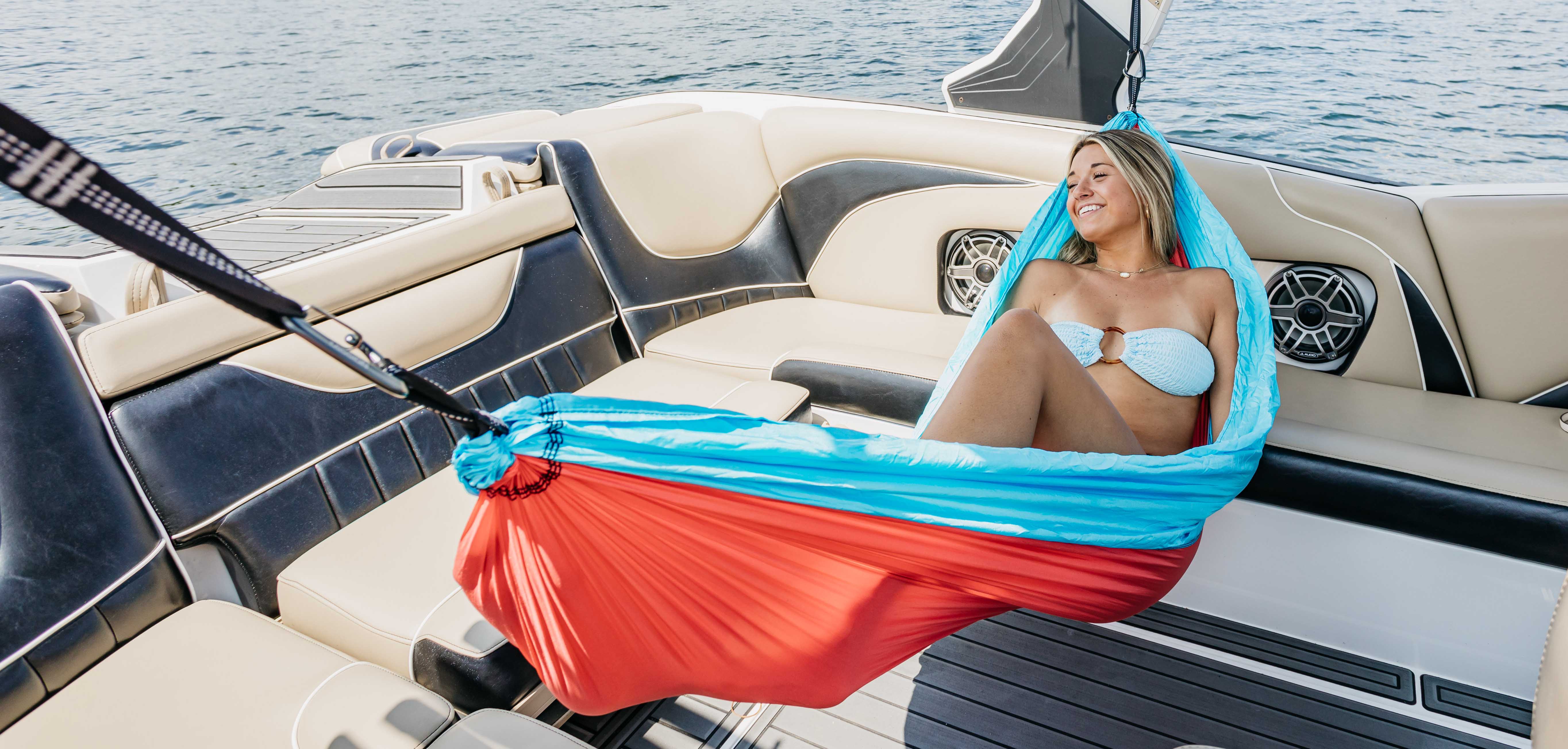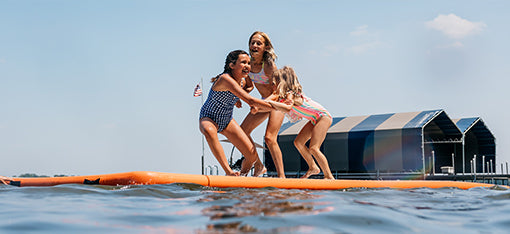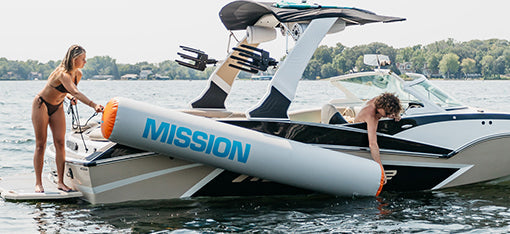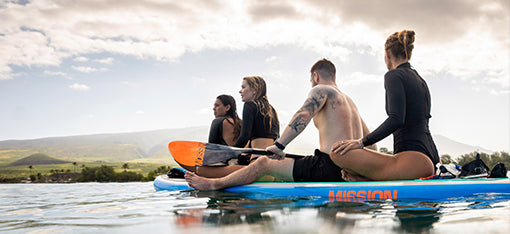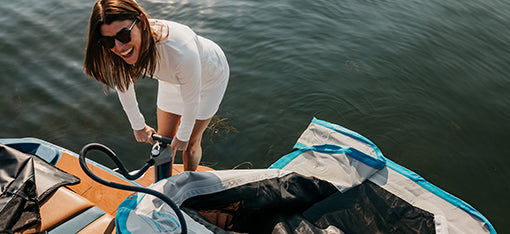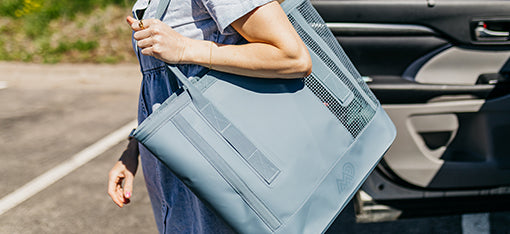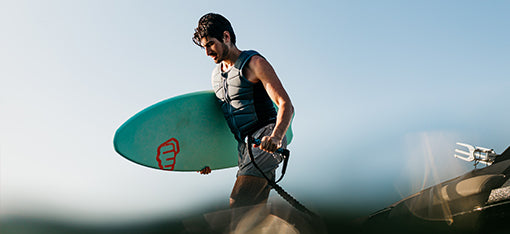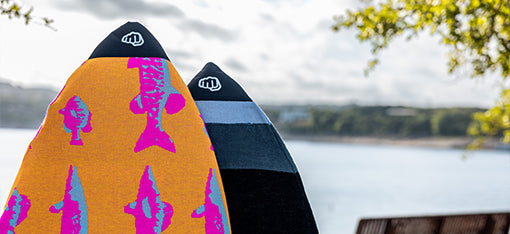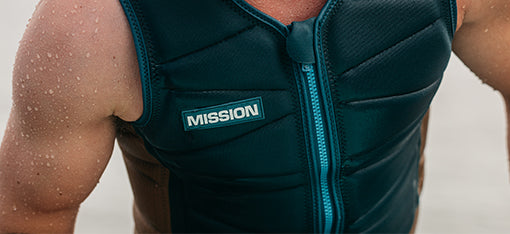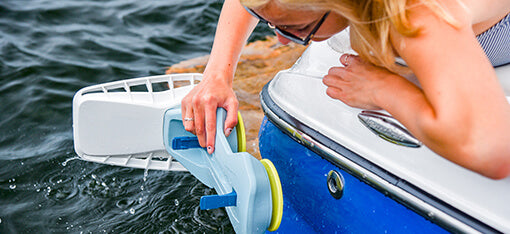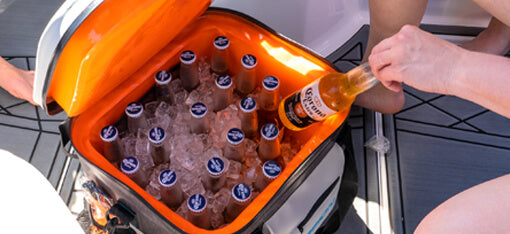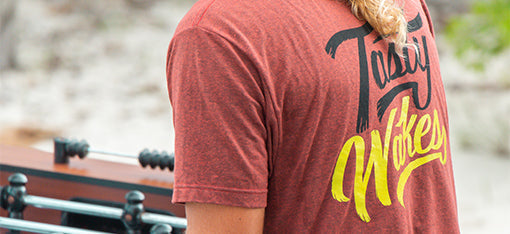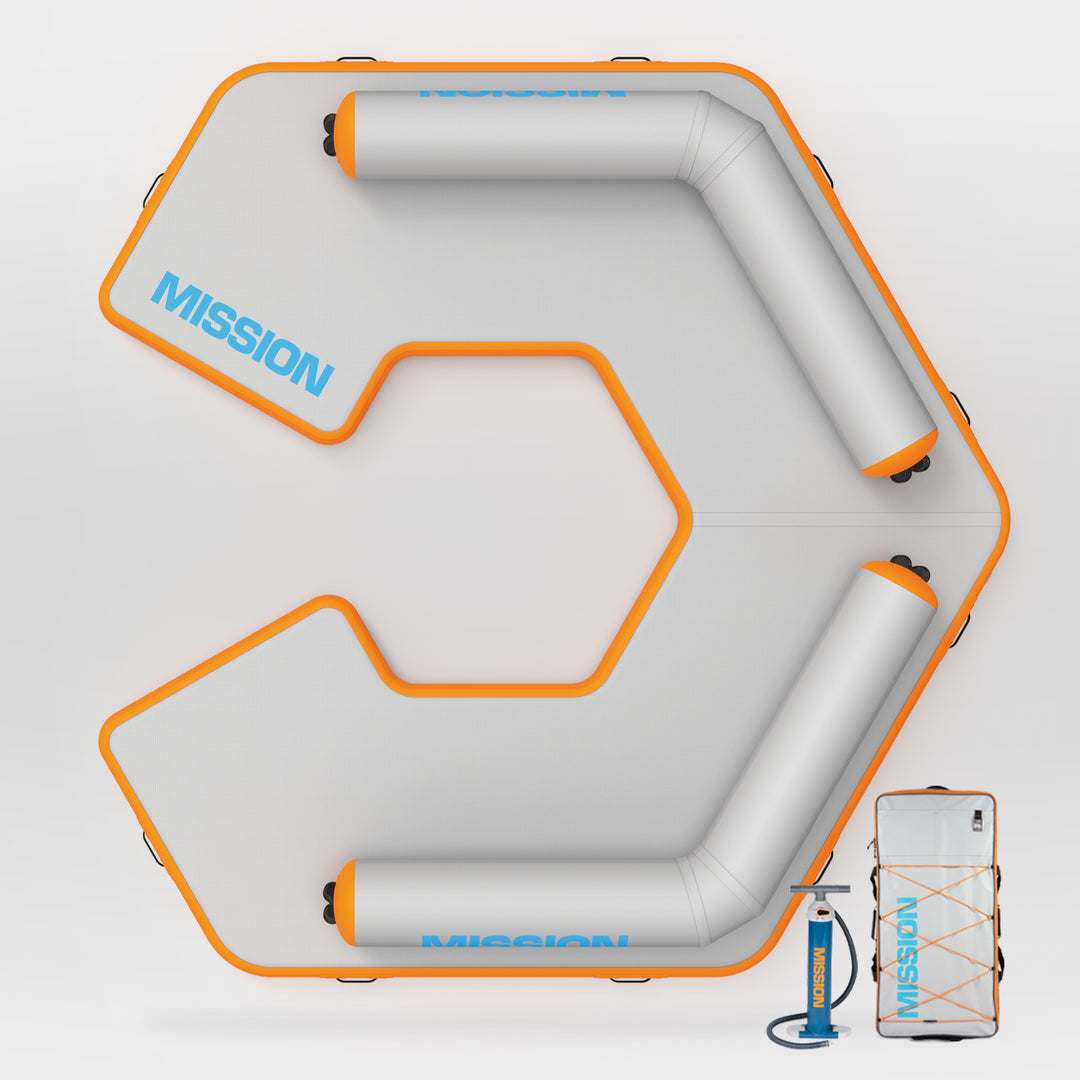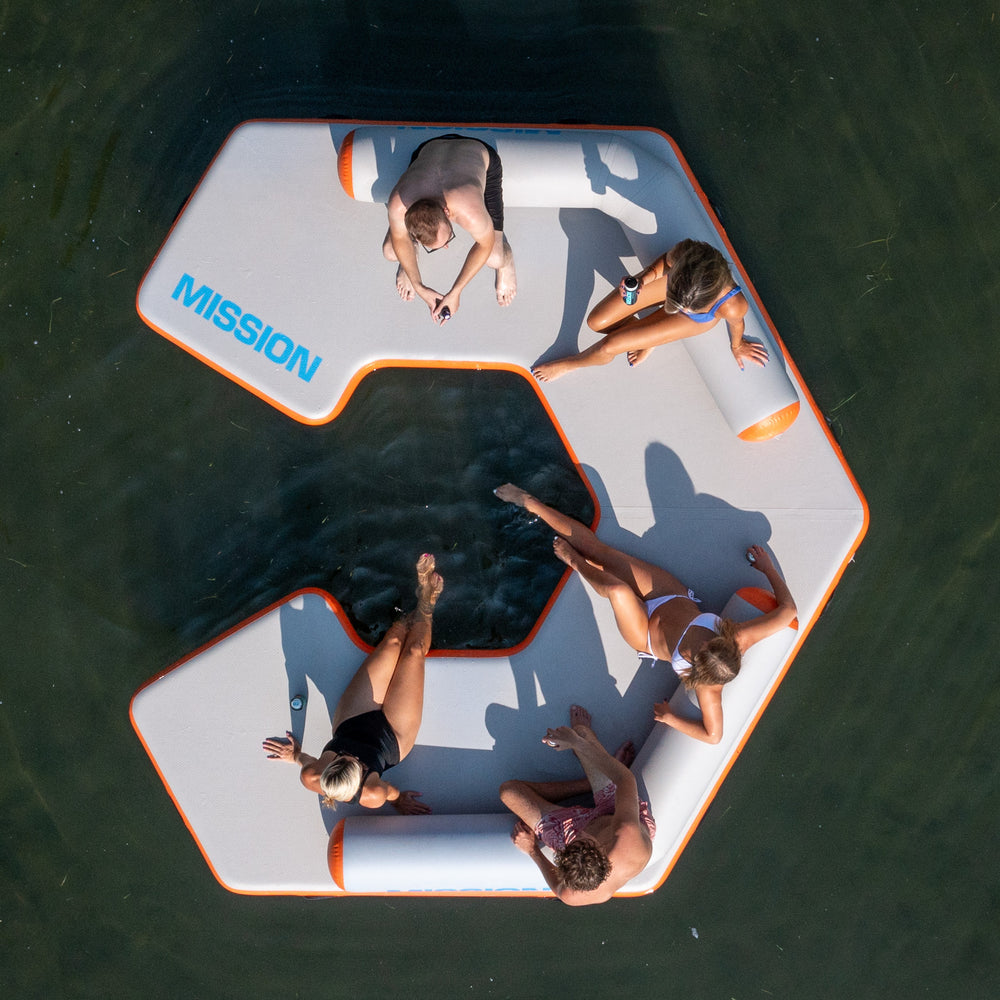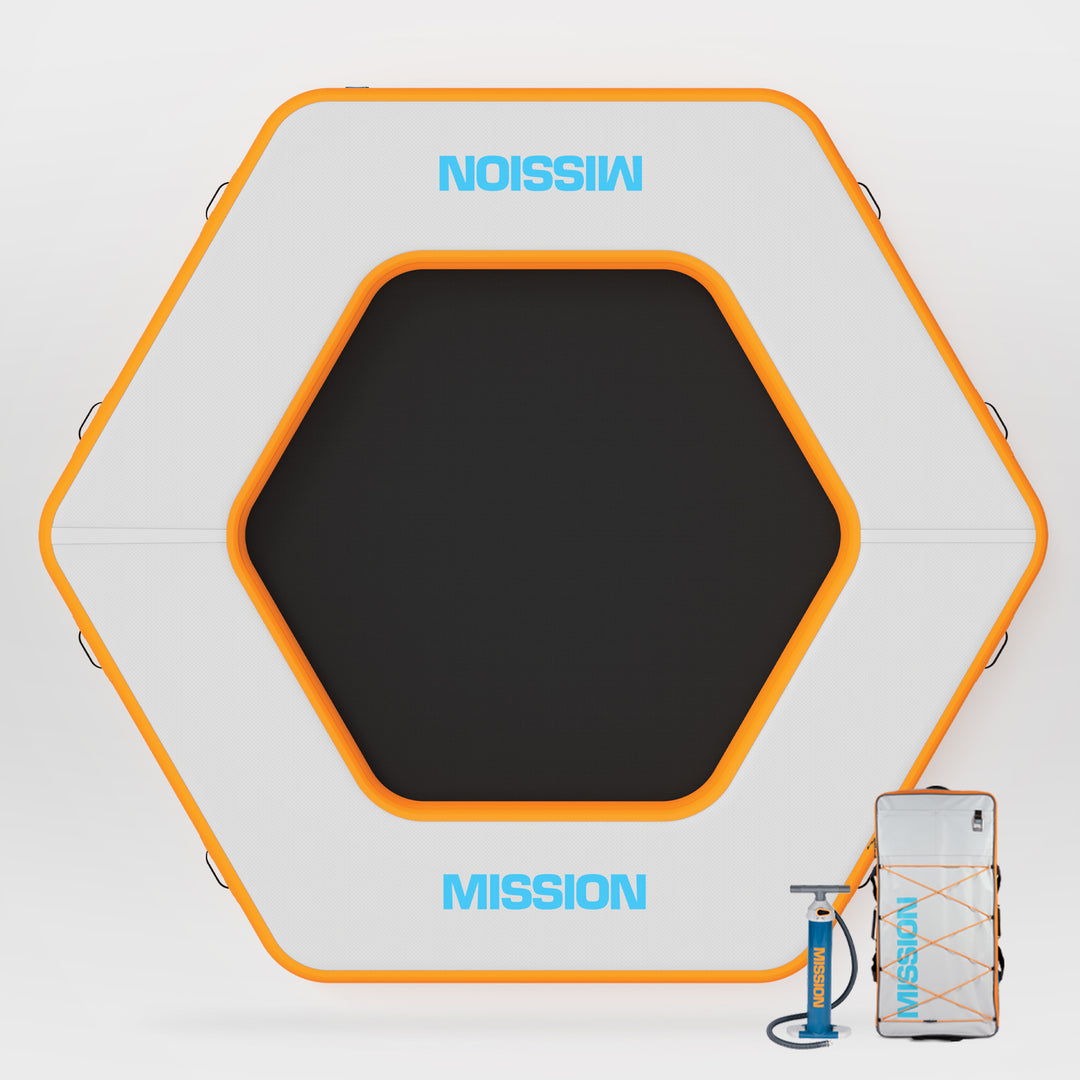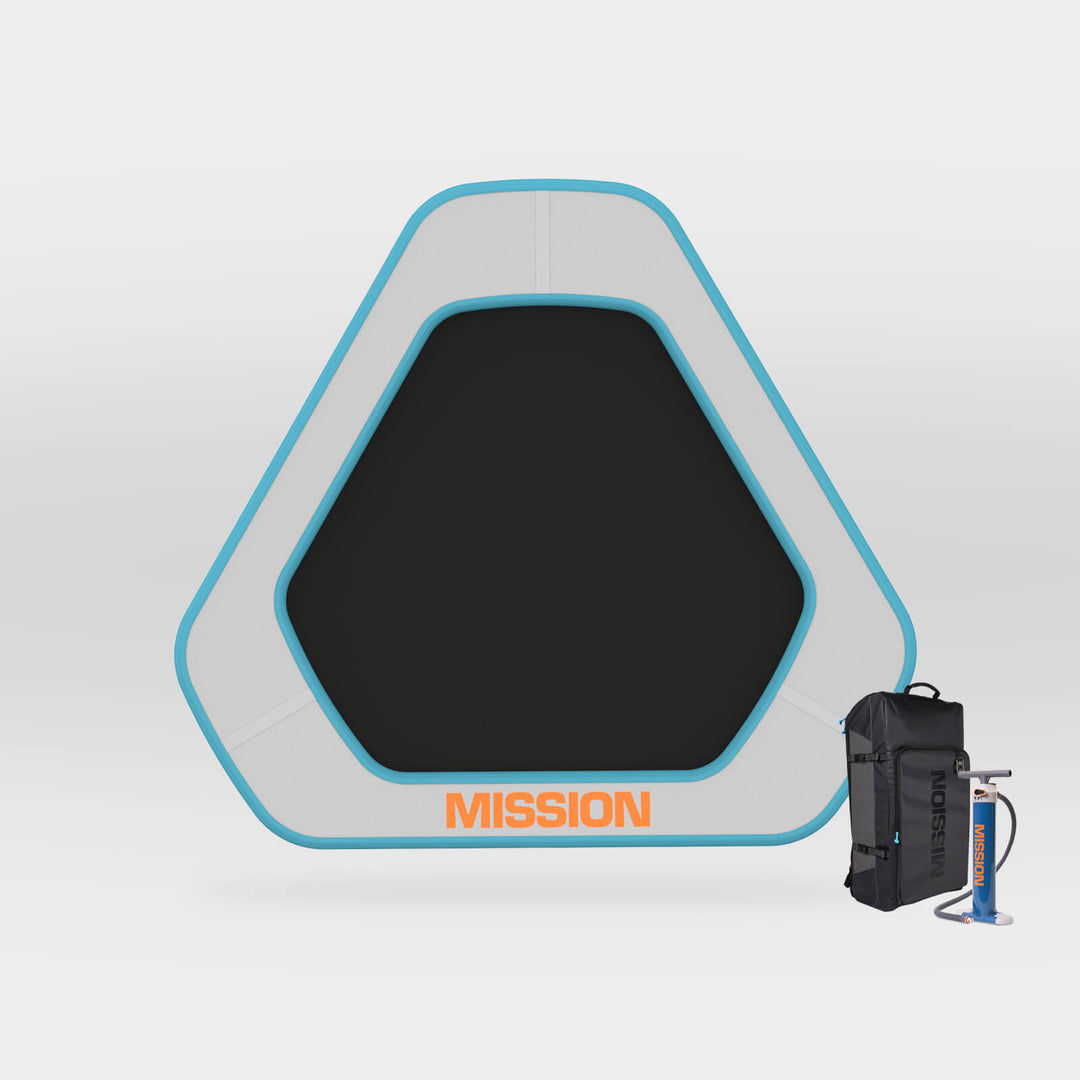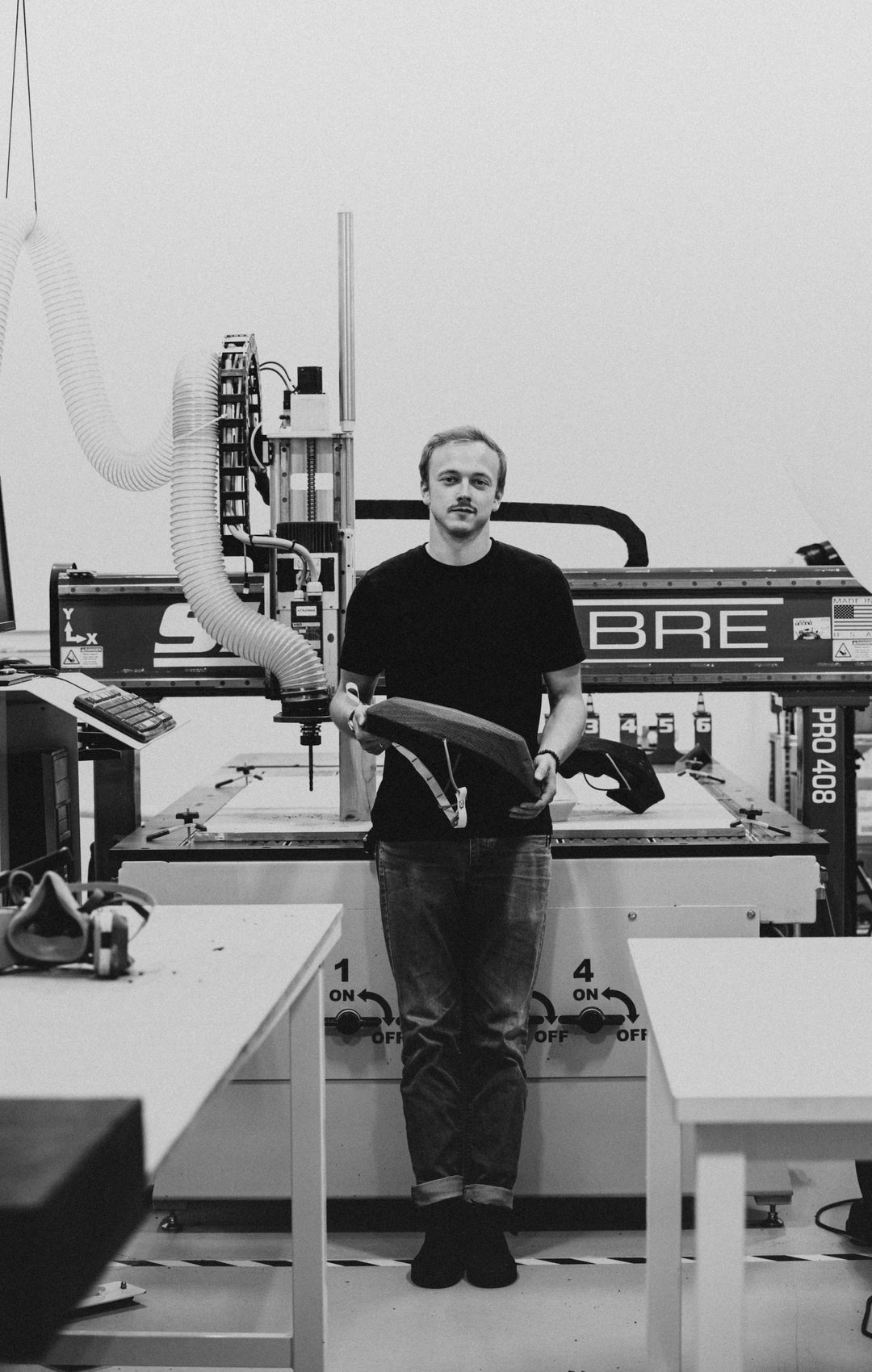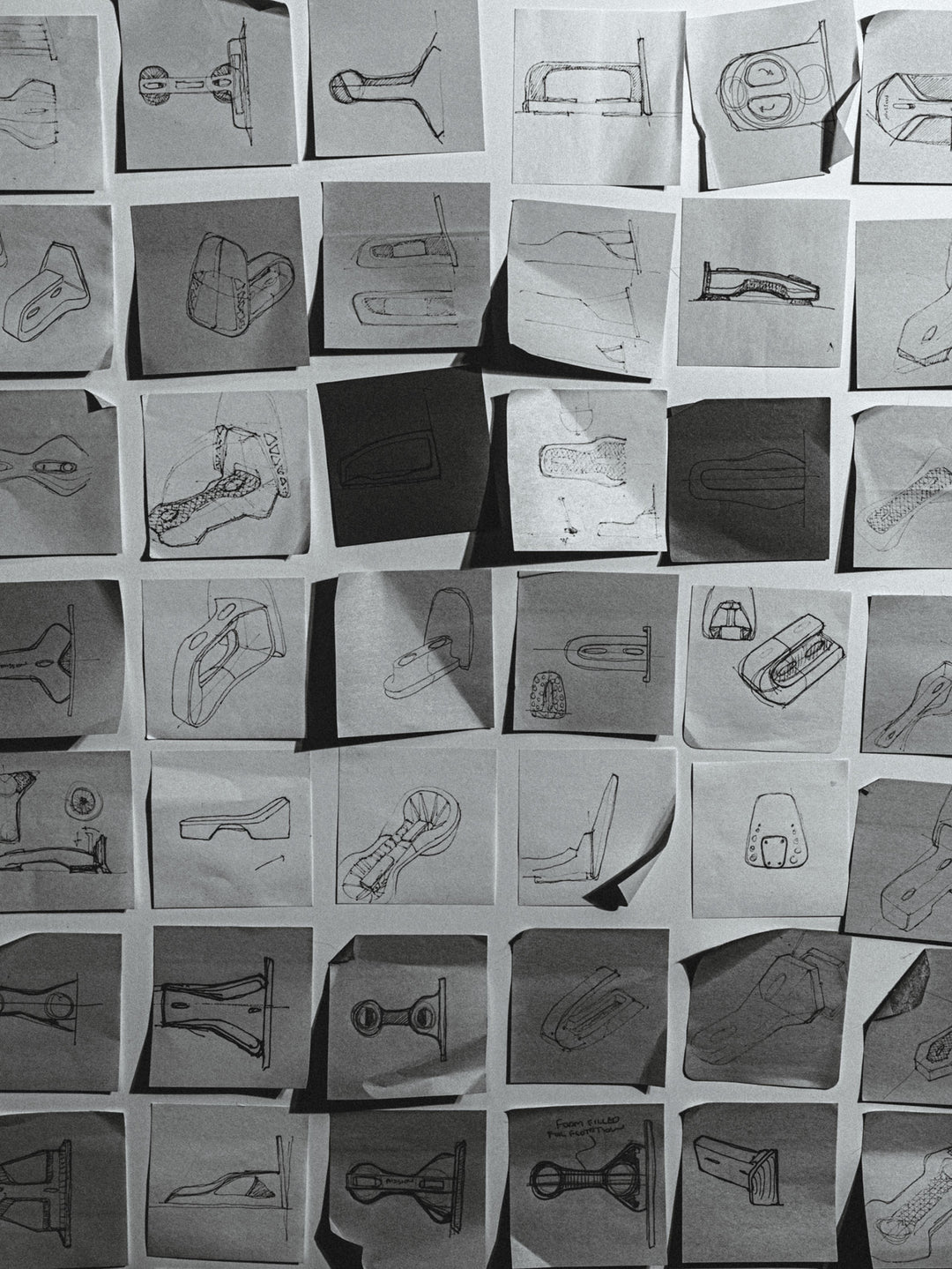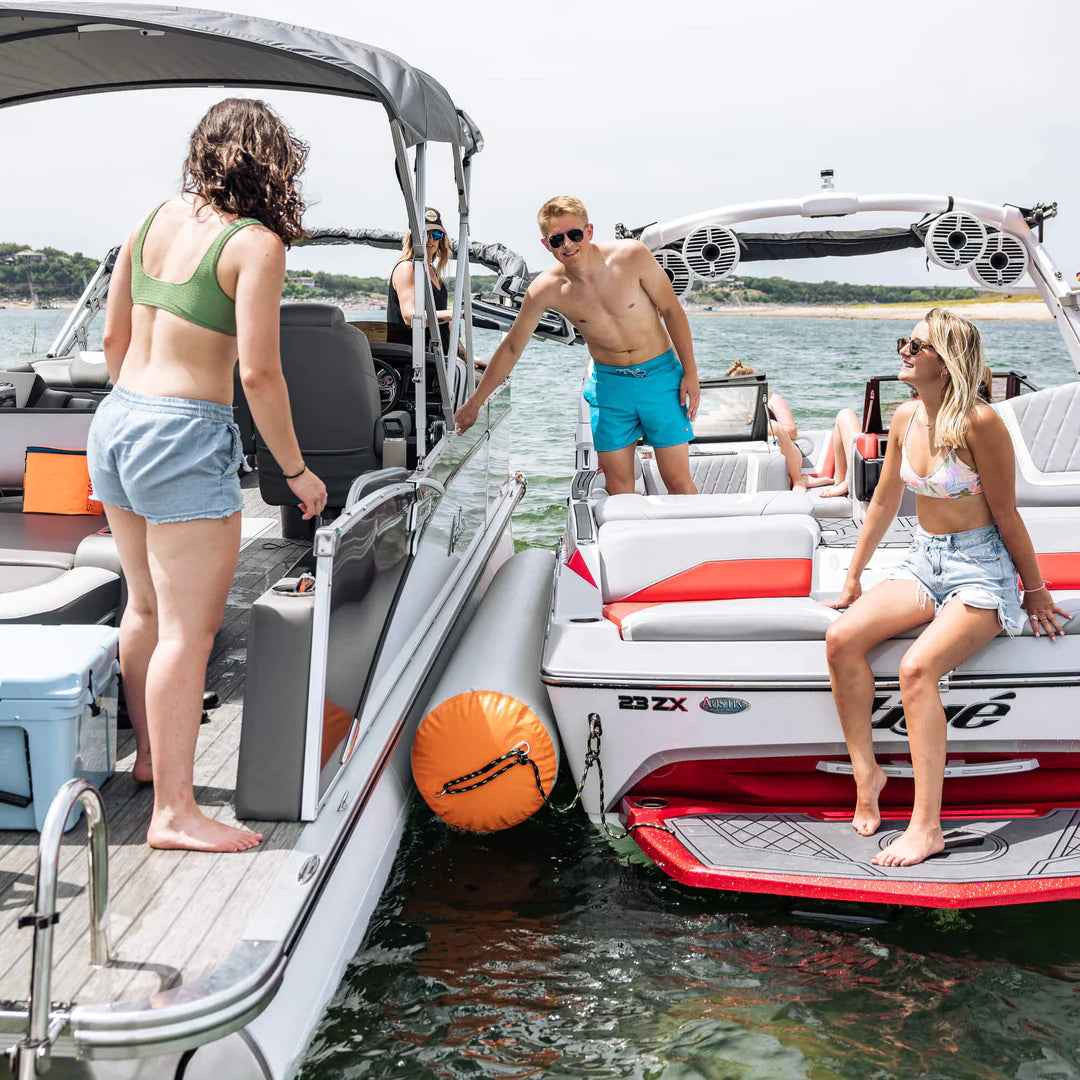Elements of a Wakesurf Board | Understanding Wakesurfers
The first recorded instance of surfing dates back to Tahiti in 1767 but the origins of the sport probably date back even further. Since then, board design has ebbed and flowed along an evolving wave of styles, concepts, and applications as surfers began taking their boards from the ocean to our lakes and rivers.
Understanding how a wakesurf board is designed and how the different elements combine to create a unique ride will help you choose the one that fits your surf style.
Shape and Length
The overall size of your board will determine how easy it is to get out of the water, maneuver, and throw tricks. A board with more surface area will be easier to get out of the water but might be harder to control for newer surfers. A board with less surface area will take some skill to master but allows you to conquer any wake once you do.
Nose shape
Boards with a pointed nose will cut through choppy water but they can get hung up when doing spin tricks.
Boards with a squared (“snub”) nose will be more stable and hang up less than a pointed nose thanks to the increased volume in the nose.
Tail shape
There are almost as many tail shapes as there are surfers out there. Narrow tails, wide tails, rounded tails, chopped tails, etc. and they all affect the way your board will feel on the wave. Generally speaking, a wider tail with more surface area will help lift the board out of the water, which will give you more push (the energy that propels you forward) and help you accelerate. A narrow tail with less surface area will sink the board down into the water and give you more traction to help you turn but can make the board feel slow.
Board length
Your height, weight, skill, and surf style will determine how long your board should be. Bigger riders typically choose a longer board because they need more surface area and buoyancy to keep the board on the water, while smaller riders can grab a shorter board.
If you prefer surf-style riding, a longer board will help you generate speed and control those long, powerful turns. If you’re looking to throw tricks, a shorter board will give you the traction and immediate response that you need for spins and shuvits.
If you’re a more skilled rider, you can probably make any board length or style work for you but newer and less-experienced riders should opt for a shorter board with a good amount of surface area that helps them get out of the water and control the board on the wave.
Rails
Rails are the edges of your surfboard, running from the nose to the tail, and their shape impacts how the water flows around your board while riding.
Hard or soft rails
Harder rails a more squared-off shape that digs into the water and responds quickly to light pressure. The sharp edges cut into the water and releases the surface tension, which reduces drag. That’s good if you’re looking to carve and spin but can feel less stable if you’re a newer rider.
Softer rails have more rounded shapes that give you a smooth, consistent ride but can feel sluggish if you’re trying to throw tricks or powerslide. That’s because the edges don’t dig into the water as much, so the surface tension doesn’t release, which adds drag.
Thick or thin board
Thicker boards are commonly surf-style boards because the extra buoyancy keeps the board floating on top of the wave and helps generate speed without feeling like you’re fighting the wave.
Thin boards are typically skim-style boards where you need the board to bite into the wave and give you better control. Thin boards are light and maneuverable but the trade-off is generating speed, especially on smaller waves.
Rocker
Set any wakesurf board on a flat surface and you’ll notice that the nose and tail curve slightly upward. That’s the “rocker line” and it determines how much of the board actually touches the wave.
Relaxed rockers (less curve) will keep more of the board in contact with the water, which helps generate speed and create a stable ride. Surf-style boards typically have relaxed rockers. If you’re riding a smaller wave, you’ll want a relaxed rocker to help you stay in the pocket.
Aggressive rockers (more curve) will push more of the board out of the water, which helps you carve and throw tricks. Skim-style boards typically have aggressive rockers. If you’re riding a taller wave, an aggressive rocker will give you more control without worrying about maintaining speed. They also keep the nose from diving into the water.
Continuous rocker vs. multi-stage rocker
Just like they sound, a continuous rocker is a slow, gradual curve from the nose to the tail while a staged rocker will have more distinct changes in shape at the nose, midsection, and tail.
A continuous rocker will give you a smoother, more consistent ride because you’re able to generate speed and maintain contact with the water.
A multi-stage rocker will make it easier to turn quickly and throw tricks because there’s less friction between the board and the water.
Fins
Your board’s fin setup will affect your stability, speed, and control on the wave. Fewer/smaller fins will make it easier to turn, spin, and throw tricks. More/bigger fins will give your more traction and help generate speed.
Single fins are perfect for skim-style boards and riders who want to throw tricks. They’re typically shorter, which makes them less suitable for quick turns or generating speed. Ideal for taller waves.
Twin fins are commonly found on surf-style boards and great for riders who want a lot of hold for sweeping turns and straight-line speed. If you’re riding a smaller wave, this is one of the best setups because the foil shape helps generate speed when swinging the board back and forth.
Tri fins (“thrusters”) are the happy medium between the single and twin fin setup. You’ll have a good combination of speed and stability without feeling like you’re “stuck” in the wave.
Quad fins are faster than the Thruster setup because there’s no central fin to add drag but it will feel squirrely under your feet. Recommended for bigger waves.
Five fins are technically a thing but it’s not recommended. All those fins in the water will act like an anchor slowing you down and making it hard to maneuver. However, a board with a five fin boxes will allow you to experiment with different setups until you find what works for you.
Board Materials
There are two primary construction methods for modern wakesurf boards: compression-molded and layered-composite.
Compression-molded boards are commonly made by applying fiberglass to two mold halves, then putting them together and filling it with polyurethane. Another method is to tightly pack layers of bamboo and coat it with polyurethane. They’re tough and affordable but heavy.
Composite boards are made by wrapping fiberglass or carbon fiber around an EPS foam core. They’re lighter and perform well on any wave but come at a higher cost and are typically less durable than compression-molded boards.
Believe it or not, that was just the crash course on wakesurf board design. We could talk all day about the process of making boards, our favorite setups, and whether or not there’s such a thing as the “perfect board” but there’s not enough ink in this keyboard. If you have any questions on what board will work for you and your surf setup, give us a shout!
See you on the water!





